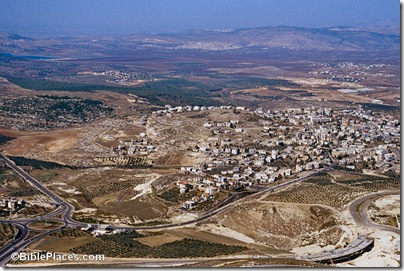If you’ve ever been walking around Israel and seen a hole in the ground and wondered what they found in it, or where you can find out, you’ll likely find your answer in Hadashot Arkheologiyot: Excavations and Surveys in Israel. This annual series is published in Hebrew and English by the Israel Antiquities Authority. Since 2005 the journal has moved to electronic-only format, which makes it easy for anyone to access without having to purchase the volumes or visit a specialized library.
The 2008 issue was just published (HT: Jim West) and it includes reports from 11 excavations, some with illustrations. One of interest to Bible readers is Tel Gat Hefer. Usually spelled Gath Hepher, this is the hometown of Jonah son of Amittai, the prophet who went to Nineveh after being swallowed by a fish (2 Kings 14:25; Jonah 1:1). The report not only describes the recent excavations (only one 5m square), but notes that previous excavations “revealed significant architectural remains from Early Bronze II–III, Middle Bronze II–III, Iron I, Iron IIA–B and the Late Persian period.”
Interpreted, that means that the site was nearly continuously inhabited through the Old Testament period. Jonah lived in the 8th century B.C., which is part of Iron IIB. The Arab village of Mashhad is located on the slopes of the tell and expanding, which will make future study more difficult. One way to raise support for such an excavation would be to hold out promise of finding at sign at the town entrance: Welcome to Gath Hepher, City of Jonah the Prophet. In my thinking, such a sign (and probably a monument) existed for Jonah after his wonderful prophecy of 2 Kings 14 came true. But as soon as he went to Nineveh, the town likely disavowed their favorite son. The town, of course, was right: 30 years later it was destroyed by the Ninevites (cf. 2 Kings 15:29).
If you’re interested in present excavations, you can see that here.
